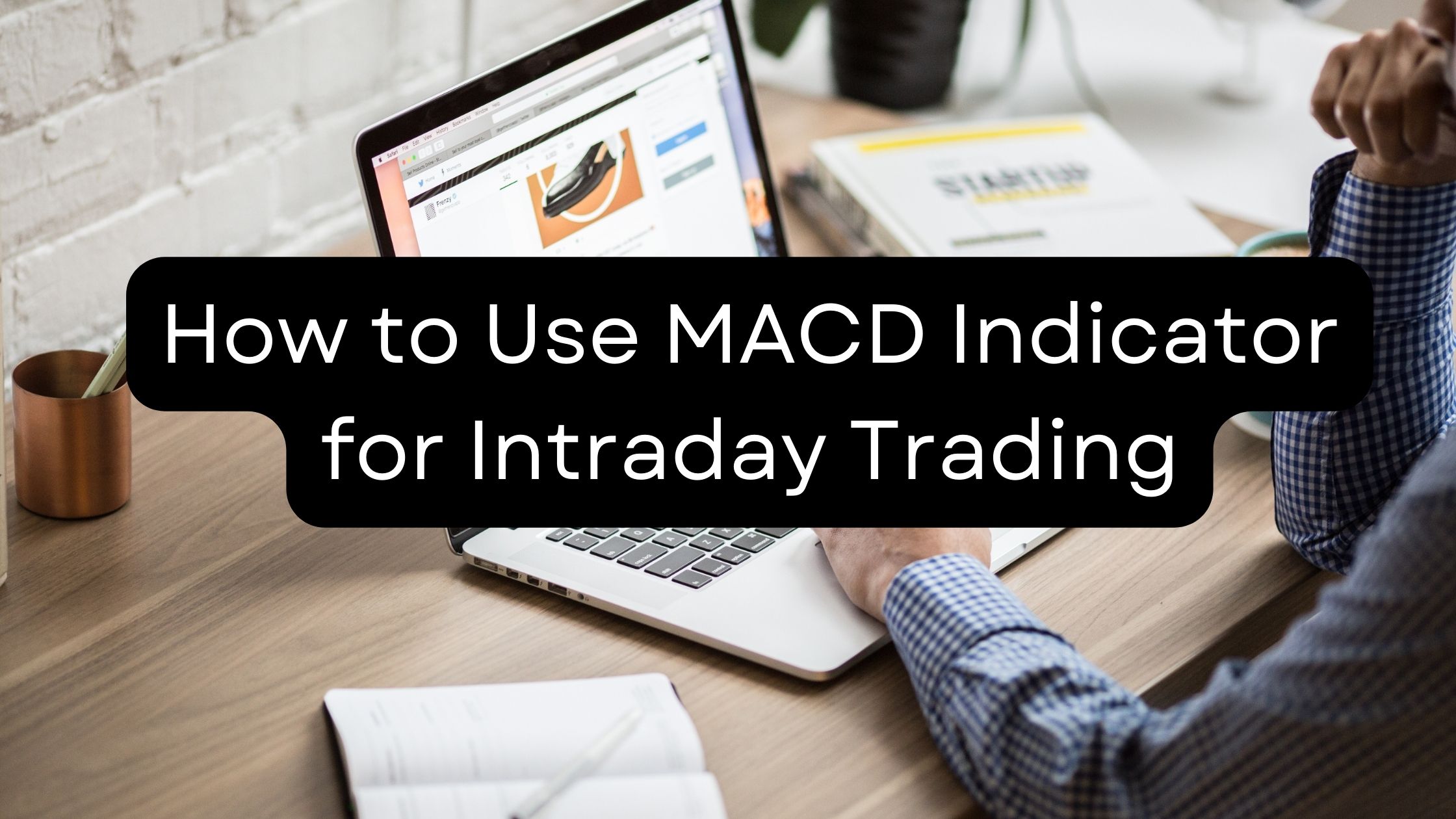
Introduction
Welcome to our comprehensive guide on mastering the MACD (Moving Average Convergence Divergence) indicator for successful intraday trading. In this article, we will delve into the intricacies of the MACD indicator, providing you with valuable insights and practical strategies to enhance your trading performance. Whether you are a novice trader looking to understand the fundamentals or an experienced trader aiming to refine your skills, we’ve got you covered.
Understanding the MACD Indicator
This is a popular and powerful technical analysis tool used by traders to identify potential trends, generate buy and sell signals, and gauge the strength of price movements. It consists of three key components:
- MACD Line (MACD): This line represents the difference between two exponential moving averages (EMA), typically the 12-day EMA and the 26-day EMA. It highlights the relationship between short-term and long-term price trends.
- Signal Line: The signal line is a 9-day EMA of the MACD line. It acts as a trigger line, indicating potential buy or sell signals when it crosses above or below the MACD line.
- Histogram: Derived from the difference between the MACD line and the signal line, the histogram provides a visual representation of the convergence and divergence between the two lines. It aids in identifying shifts in market momentum.
Interpreting MACD Signals
To effectively utilize, it is crucial to understand the interpretation of its signals. Let’s explore some common scenarios:
1. Bullish Signal
When the MACD line crosses above the signal line, it generates a bullish signal. This indicates a potential uptrend and presents a favorable opportunity to enter long positions. Traders often consider this a buy signal, as it suggests upward price momentum.
2. Bearish Signal
Conversely, when the MACD line crosses below the signal line, it generates a bearish signal. This signifies a potential downtrend and suggests an optimal moment to enter short positions. Traders often view this as a sell signal, anticipating downward price movement.
3. Divergence
Divergence occurs when the price trend and the MACD indicator move in opposite directions. Bullish divergence appears when the price creates lower lows while the MACD indicator forms higher lows. This implies a potential trend reversal and can indicate an opportunity to enter long positions. Conversely, bearish divergence occurs when the price creates higher highs while the MACD indicator forms lower highs, suggesting a potential trend reversal for short positions.
Strategies for Intraday Trading with MACD
Now that we have a solid understanding of the MACD indicator, let’s explore some effective strategies for intraday trading:
1. MACD Crossover Strategy
It revolves around the interaction between the MACD line and the signal line. When the MACD line crosses above the signal line, it generates a bullish signal, indicating a potential buy opportunity. Conversely, when the MACD line crosses below the signal line, a bearish signal is generated, suggesting a potential sell opportunity. Traders often combine this strategy with other technical indicators and confirmatory signals for enhanced accuracy.
2. Histogram Reversal Strategy
The histogram can provide valuable insights into changes in momentum and potential trend reversals. Traders utilizing the histogram reversal strategy look for shifts in the histogram’s direction. When the histogram transitions from negative to positive territory, it signals a potential bullish trend, and traders may consider entering long positions. Conversely, when the histogram transitions from positive to negative territory, it suggests a potential bearish trend, prompting traders to explore short positions.
3. Divergence Strategy
Let’s delve into the Divergence Strategy for intraday trading with the MACD indicator:
The Divergence Strategy focuses on identifying divergences between the price action and the MACD indicator. As mentioned earlier, bullish divergence occurs when the price creates lower lows while the MACD indicator forms higher lows. This indicates a potential trend reversal and presents an opportunity to enter long positions. On the other hand, bearish divergence occurs when the price creates higher highs while the MACD indicator forms lower highs, suggesting a potential trend reversal for short positions.
To implement this strategy effectively, follow these steps:
- Identify Potential Divergence: Start by analyzing the price chart and the MACD indicator. Look for instances where the price is moving in one direction while the MACD indicator is moving in the opposite direction. These divergences can provide valuable signals for potential trend reversals.
- Confirm the Divergence: Once you have identified a potential divergence, it’s essential to confirm its validity. Use additional technical indicators or chart patterns to validate the divergence signal. Look for supporting evidence such as trendline breaks, candlestick patterns, or other indicators that align with the anticipated trend reversal.
- Entry and Exit Points: Determine the optimal entry and exit points based on the confirmed divergence. For bullish divergence, consider entering a long position when the price starts to reverse and shows signs of upward movement. Set a stop-loss order below the recent swing low to manage risk. Similarly, for bearish divergence, consider entering a short position when the price starts to reverse and shows signs of downward movement. Set a stop-loss order above the recent swing high.
- Risk Management: Implement appropriate risk management techniques to protect your capital. Determine your risk tolerance and adjust your position size accordingly. It is crucial to set stop-loss orders to limit potential losses if the trade does not go as anticipated. Additionally, consider employing trailing stop-loss orders to secure profits as the price continues to move in the desired direction.
Remember, thorough analysis, patience, and disciplined execution are essential when using the Divergence Strategy with the MACD indicator for intraday trading. It is advisable to practice this strategy on a demo account or with small position sizes until you gain confidence and experience in its application.
Conclusion
Mastering the MACD indicator is a valuable skill for intraday traders. By understanding its components, interpreting signals, and implementing effective strategies, you can enhance your trading decisions and potentially improve your overall profitability. Remember to conduct thorough research, practice risk management, and remain disciplined in your trading approach.
Explore various strategies, such as the MACD crossover strategy and the divergence strategy, and adapt them to suit your trading style and preferences. Continuously monitor market conditions, stay updated with relevant news and events, and refine your skills through continuous learning and practical experience.






